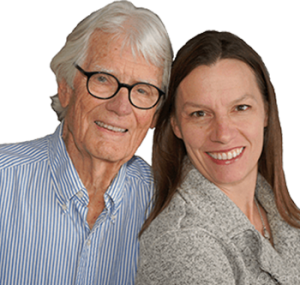It’s happened before, and it was only a matter of time until it happened again. A brutal act of violence against a candidate for political office shatters the hope that reasonable people can exercise the democratic process. As has also happened before, these events cause a surge of short and long-term impacts on the health of society – especially children, teens, and young adults.
There’s no escaping the economic cost of violence. Gun violence is just one kind of trauma, costing the U.S. a staggering $557 billion annually according to the National Institute for Health Care Management. What’s behind that gargantuan number? Medical costs are less than $3B. Policing and criminal justice costs add $11B. Employer hits to revenue and productivity are half a billion dollars. These are small change in that $557B figure.
But there are two biggies. Income lost due to death and disability, work loss of caregivers, and incarceration costs $53.8 billion on average each year. Quality-of-life costs and the pain and wellbeing lost by those injured or killed and their families amount to a walloping $489 billion annually.
These numbers are calculated based on an annual average in the U.S. since 2020 of about 45,000 people dying from gun-related incidents.
Now consider the impact of gun violence as witnessed by the world with the assassination attempt on a presidential candidate. Like him or not, Donald Trump is a figure well known to all of us. Every shooting is horrible. But as the statistics above confirm, when it is someone we know, the effects are catastrophic, and it’s the innocent and vulnerable who pay the most.
Maybe young adults have the fortitude to avoid negative impacts on their psyche, motivation, confidence, and general outlook. But we can’t find the studies to show it, and there’s not a lot of overt evidence for that.
For millions of teens and younger children, one wonders how they internalize these events, the societal shock, then weeks of questioning, and the inevitable barrage of media, much of it depressing. What do these costs amount to for them?
Times like this call for bold leadership at the highest levels. But who wants to take up the opportunity in politics? The ideal of shaping a better future through the debate of policies in a democratic system is all but lost. Now, the “wellbeing” calculus is deterring would-be aspirants. The number of young people turning away from the preparation for holding public office is bad enough. What’s alarming is the easy alternative of reckless abandon of the principles that uphold a decent society. Apathy is another sad and likely outcome.
Montesquieu was the French judge and political philosopher who took up the leadership challenge. In 1748 with the publication of his book, The Spirit of Law, he upended old political ways with his theory of the separation of powers into executive, legislative, and judicial branches of administration. And he warned, “The tyranny of a prince in an oligarchy is not so dangerous to the public welfare as the apathy of a citizen in a democracy.”
We’ve seen the cost of this in terms of war and peace. We need also to see it also in terms of general health. Can we measure the social, economic and health costs of loss of hope in the political process?
With half of the world’s population living in the nearly 100 counties having elections this year, 2024 was bound to be tumultuous and costly. Is it time for healthcare leaders to take a bolder stand?
Sign-up at www.docgiff.com to receive our weekly e-newsletter. For comments, contact-us@docgiff.com. Follow us on Instagram @docgiff and @diana_gifford_jones.


